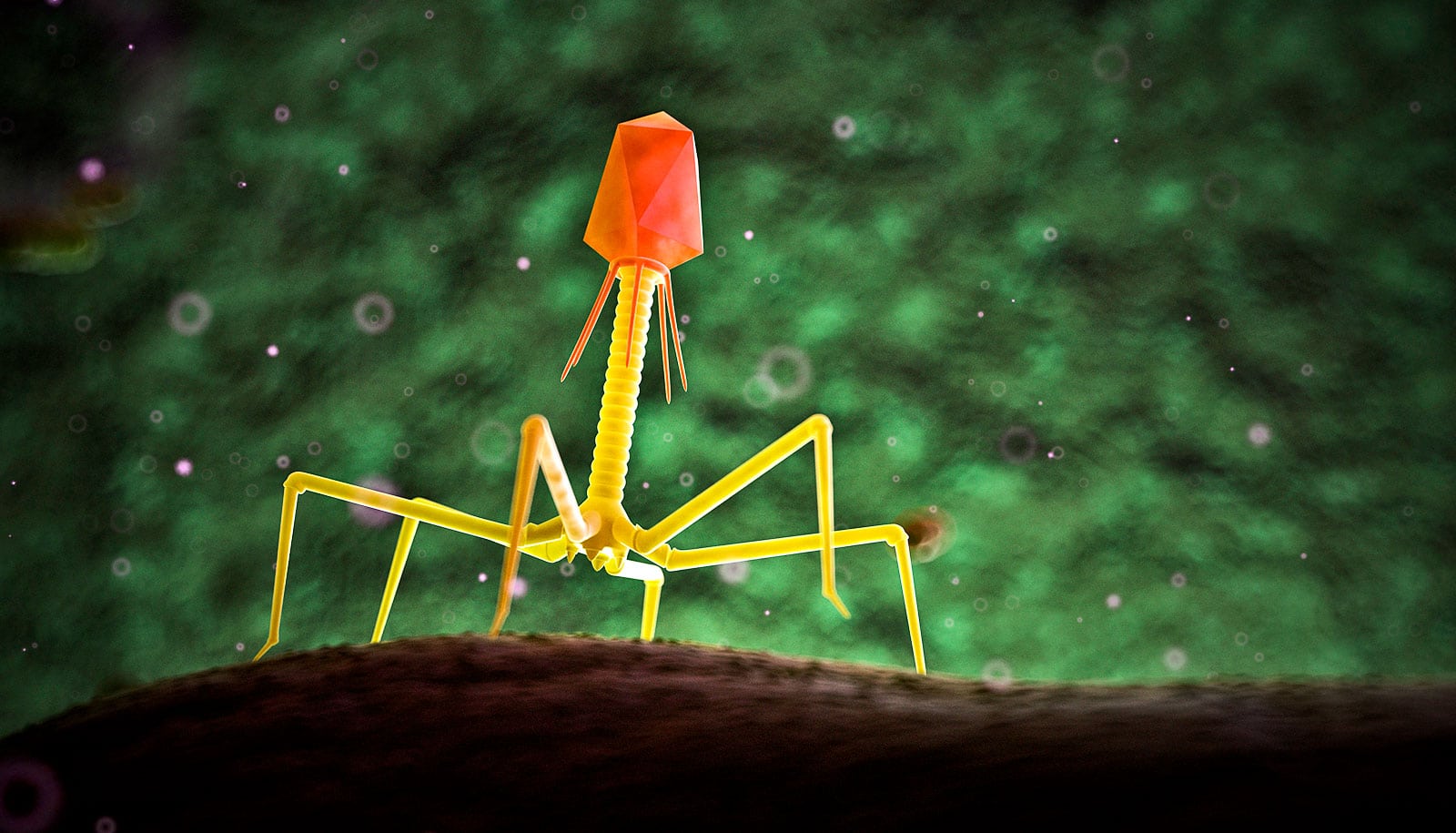Researchers have discovered new information about how flu viruses infect people, which could lead to new and more effective flu medicines.
Using the protein called CD151, the team showed that flu viruses can hijack a unique class of proteins in the body’s respiratory cellular machinery. The viruses clone and multiply in the body before invading and colonizing new victims while multiplying further in the bodies of infected individuals.
According to the World Health Organization, the flu affects approximately one billion people annually, and the virus affects three to five million of those people severely. As many as 650,000 people die from the flu each year.
The new discovery may bring medical science a step closer towards the development of a potent vaccination and treatment regimen that can work against a broad spectrum of flu virus strains, and whose effectiveness and potency overwhelm viral resistance through all flu seasons.
Currently, because the flu virus changes its outer coat frequently, vaccine developments are based on predicting the key proteins on the outside of the flu virus in advance and blocking these proteins from binding to host cells. However, such strategies to find the “best match” for a particular flu season has obvious limitations as the virus may mutate frequently every few months.
Alternative treatment strategies such as oseltamivir (Tamiflu) are only effective when prescribed early in the infection as they work by inhibiting replication of the virus, but the flu virus can become resistant with overuse of these agents.
This is why the researchers used an approach that shifted the focus from the virus to the host, enabling them to home in on the host elements critical for the virus life cycle. With this new approach, they found that the virus hijacks a protein on the nucleus of host respiratory cells called CD151 and uses it to replicate. The production of new genetic material to form the core of new virus particles is an essential step in virus replication.
In this case, the flu virus uses the CD151 virus to export new genetic material out of the nucleus to form new viruses for further transmission and infection.
Using both human cells and preclinical models of the flu, the investigators showed that blocking CD151 slows down the formation of new flu viruses, allowing the host sufficient time to mount a strong immune response against the infection more effectively, while simultaneously not provoking an overly exaggerated immune response, which could trigger complications such as asthma or respiratory failure.
Why the flu shot doesn’t always work
“This newly discovered signaling pathway is conserved across H1N1 and H3N2 flu strains, which are the most prevalent circulating subtypes in humans, making this finding exciting as the development of CD151 blockers to stop the virus life cycle would negate the need for surveillance of circulating viruses each year,” explains Thai Tran, assistant professor in the department of physiology at the National University of Singapore and the lead investigator of the study.
“This is a very promising discovery as our current range of drugs available for the treatment of influenza is very limited,” says Paul Tambyah, senior consultant from the Division of Infectious Diseases at the National University Hospital. “If this leads to a new class of drugs which can be used to treat influenza and its complications, it will be a great step forward in efforts to not only treat common (seasonal) flu but also prepare for a flu pandemic.”
The researchers report their findings in the Journal of Allergy and Clinical Immunology.
The Ministry of Education and the National Medical Research Council supported the research.
Source: National University of Singapore



